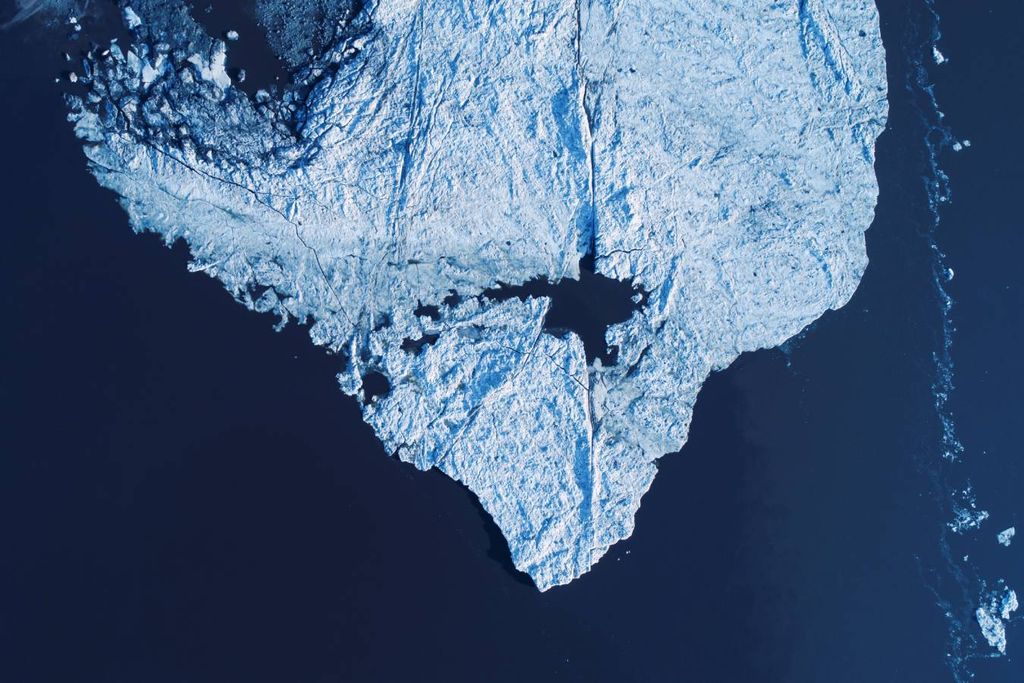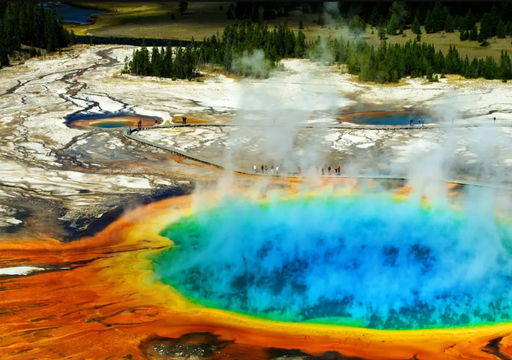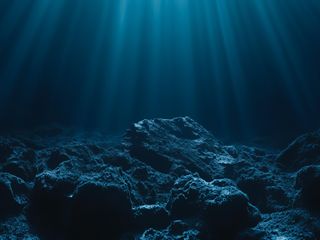Scientists Have Finally Discovered Why There Was A Large Hole In Antarctic Sea Ice
A large opening in Antarctic sea ice left scientists puzzled for many years. Now, they have finally figured out what caused it. This process is also a cause for a decrease in overall sea ice levels in Antarctica.

During the winters of 2016 and 2017, a rare opening in Antarctic sea ice twice the size of Wales formed. The opening, called a polynya, formed and lasted several weeks. However, scientists could not explain this phenomenon, until now.
When Antarctica Freezes Over
In the winter, Antarctica’s ocean surface freezes over. Sea ice covers about twice the area of the contiguous United States. In these coastal areas, openings in sea ice occur every year. Strong coastal winds blow off the continent and move ice away to reveal sea water. These openings are called polynyas.
Polynyas are areas with large amounts of transfer of heat and carbon between ocean and atmosphere. They have a large influence, so they affect both the heat and carbon budgets of the regions they occur in.
It seems the Maud Rise Polynya (aka Weddell Sea Polynya) is open again, but still quite small.
— Thomas Lavergne (@lavergnetho) November 14, 2022
A #polynya is an area of open water within the #seaice cover.
The #polynya in the Maud Rise region appears from time to time and is an interesting https://t.co/w4kUK9J57Q pic.twitter.com/cHh9TqARQj
A polynya is formed by complex interactions between wind, ocean currents and the unique geography of the ocean floor that transports heat and salt to the surface. It is rare for plolynyas to form in the sea ice over the open ocean hundreds of kilometers away from the coast, like in this instance.
Researchers from University of Southampton, University of Gothenburg and University of California San Diego studied the Maud Rise polynya, which was named after a submerged mountain-like feature in the Weddell Sea where it grows.
The Maud Rise polynya was discovered in the 1970s with remote sensing satellites that were able to see sea ice cover over the Southern Ocean. The polynya continued through the 1974 to 1976 winters. Since then, it has only occurred sporadically and briefly, according to Aditya Narayanan, a Postdoctoral Research Fellow at the University of Southampton, who led the research.
Some Things Never Change
2017 saw the first large and long-lived polynya since the 1970s. Throughout 2016 and 2017, the large circular ocean current around the Weddell Sea strengthened. This caused a deep layer of warm, salty water to rise, making it easier for salt and heat to mix vertically to the surface.
Polynya imprints can remain in water for years after forming. Polynyas change how water moves and how currents carry heat toward the continent, says Professor Sarah Gille from University of California San Diego, another co-author of the research.
This upwelling, according to Fabien Roquet, a Professor in Physical Oceanography at the University of Gothenburg and co-author of the research, explains how sea ice might melt. But as the sea ice melts, the water becomes fresher, which should then stop the mixing. This would mean another process should be occurring for the polynya to form.
Different Perspectives
The research used remotely sensed sea ice maps, a computational model of the ocean’s state and observations from floats and mammals. As the Weddell Sea Current flowed around Maud Rise, turbulent eddies moved salt to the top of the sea mount.
A process called Ekman transport then moved the salt to the northern flank of the Maud Rise, where the polynya originally formed. Ekman transport involves water moving at a 90-degree angle to the direction of the wind blowing above the surface, thus influencing ocean currents.
#Upwelling: It is upward #movement of the #deeper, #cooler waters toward the #surface pushing #surface waters away from the shore due to the #Ekman #Transport. pic.twitter.com/QOCs2u3d67
— Journal of Bioremediation & Biodegradation (@JBiodegradation) August 14, 2023
"Ekman transport was the essential missing ingredient that was necessary to increase the balance of salt and sustain the mixing of salt and heat towards the surface water," says co-author Professor Alberto Naveira Garabato, from the University of Southampton.
Since observations began in the 1970s, there's a negative trend in sea ice in the Southern Ocean, which began around 2016. This reduction in sea ice in the Southern Ocean is due to the same processes that are involved in the forming of the Maud Rise polynya, the upwelling of deep and salty water. Before 2016, sea ice had been relatively stable.
Source:
University of Southampton. "Mystery behind huge opening in Antarctic sea ice solved." ScienceDaily. ScienceDaily, 1 May 2024.








